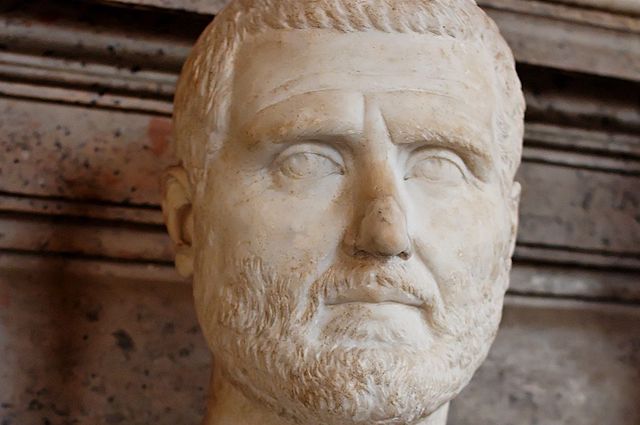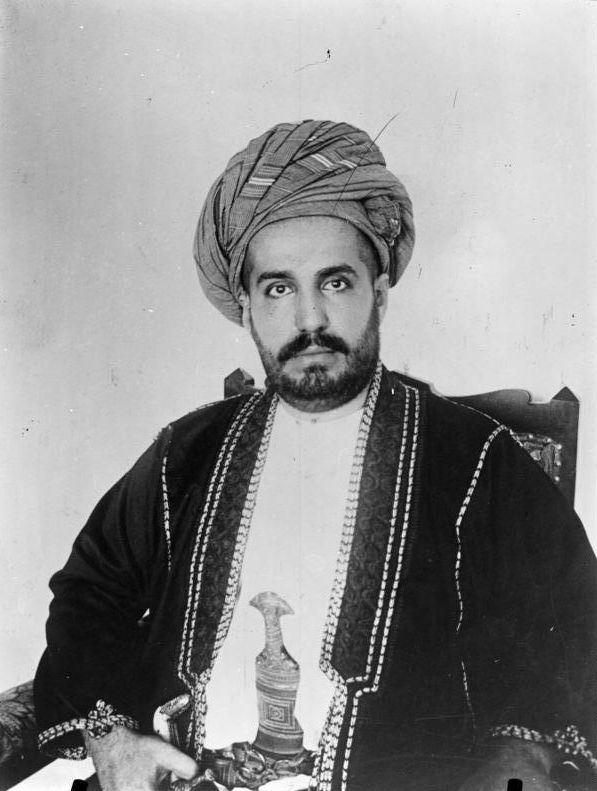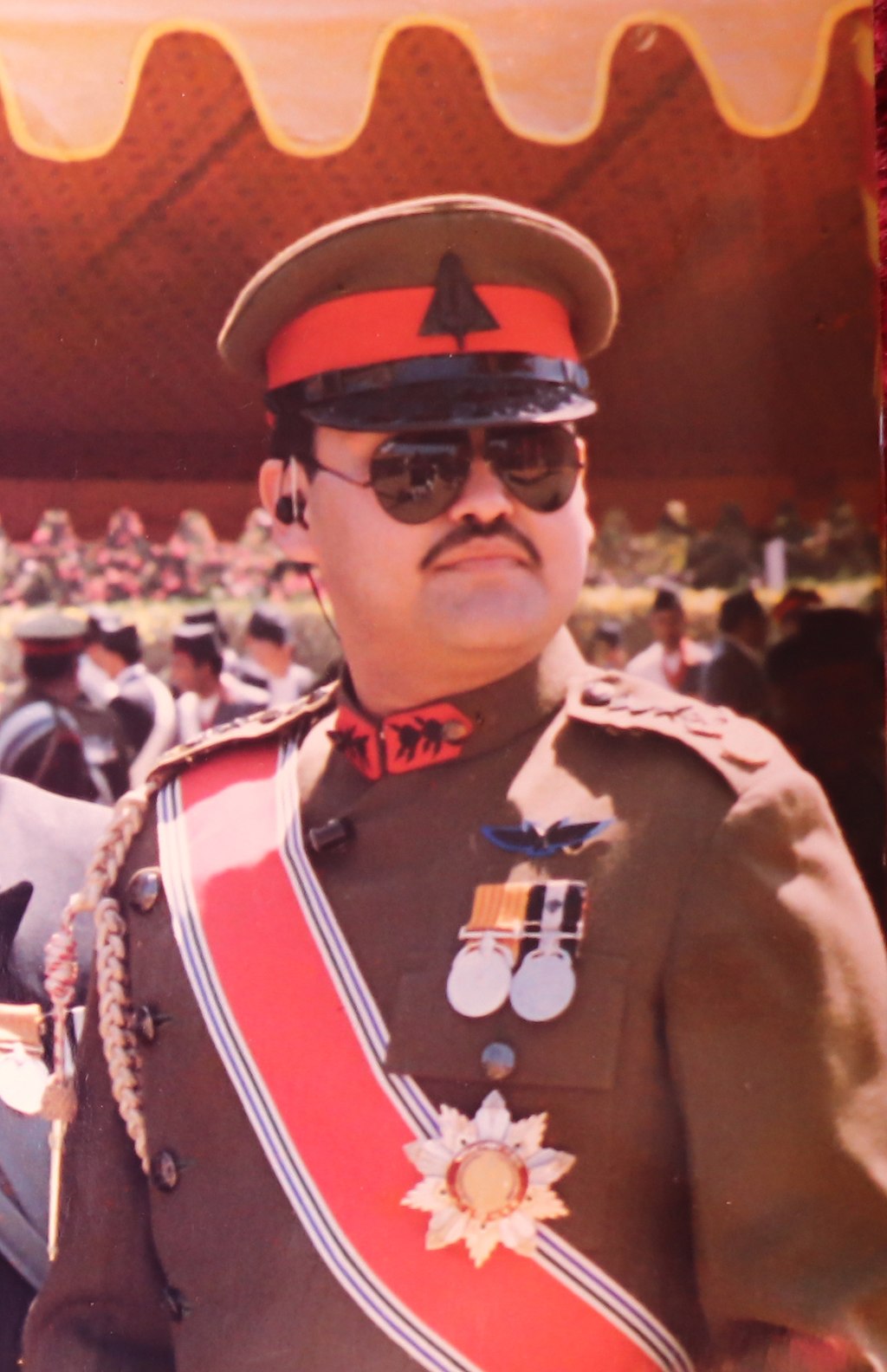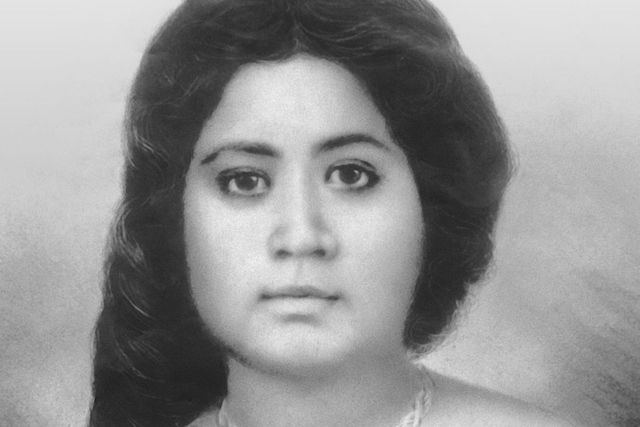История полна императоров и правителей, которые правили долго, иногда процветая. Этот список не о них. Вместо этого мы отсчитываем королей и королев, чье правление было прервано задолго до того, как они смогли сделать что-то примечательное для своих королевств. На самом деле, если не считать сомнительного признания того, что они были самыми недолговечными правителями, большинство из них не оказали бы серьезного влияния на ход истории.
10. Юань Шикай — 83 дня

Юань Шикай пришел к власти в последние годы правления китайской династии Цин, прежде чем она была свергнута народной Синьхайской революцией 1911 года. К 1912 году он договорился с революционерами о должности президента в обмен на отречение последнего Император Цин — пятилетний ребенок по имени Пу И. Это длинная история.
В качестве президента Шикай попытался провести реформы, которые дали ему широкие полномочия в новой республике, поскольку новая парламентская система сильно ослабила его влияние на правительство. В ноябре 1915 года он объявил себя новым императором Китая, даже учредив собственную новую династию под названием Хунсянь.
Захват власти не был хорошо воспринят различными провинциями Китая, две из которых подняли открытое восстание. Юань Шикай был вынужден отказаться от престола в марте 1916 года, после того как правил менее трех месяцев.
9. Эдуард V – 78 дней

Эдуард V сменил Эдуарда IV на посту короля Англии в апреле 1483 года, в один из самых неспокойных периодов в истории страны. Теперь известная как Война Алой и Белой розы , это была кровавая гражданская война между двумя королевскими фракциями — Ланкастерами и Йорками, которая длилась более трех десятилетий. На момент престолонаследия в апреле 1483 года Эдуарду V было всего 12 лет, что делало его одним из самых молодых монархов в истории Англии.
Хотя в ближайшие годы конфликт примет разные формы, история Эдуарда V трагически закончится всего через два с половиной месяца после его преемственности. Он был объявлен незаконнорожденным своим защитником и последующим королем Англии Ричардом III в июне 1483 года и отправлен в лондонский Тауэр вместе со своим младшим братом. Никто точно не знает, что с ними там случилось, хотя предполагается, что они были убиты по приказу короля.
8. Гордиан I и II – 22 дня

Еще в 238 году нашей эры Римской империей правил Максимин Фракс — широко ненавидимый монарх, чьи военные кампании и строгую налоговую политику презирали почти все в империи. В начале апреля североафриканская провинция под названием Африка Проконсуларис подняла восстание, избрав своего 80-летнего губернатора Гордиана I и его сына Гордиана II новыми совместными императорами Рима.
Вступление на престол было официально поддержано римским сенатом в начале апреля, хотя это мало помогло, поскольку Гордиан II потерпел военное поражение и был убит другим римским губернатором , союзником Максима. Узнав о смерти сына, Гордиан II 12 мая покончил жизнь самоубийством, положив конец совместному правлению, длившемуся всего 22 дня .
7. Леди Джейн Грей — 9 дней

Правление леди Джейн Грей в Англии началось более чем через шесть десятилетий после Войн Алой и Белой розы, закончившихся военной победой Генриха VII и возвышением династии Тюдоров . Хотя у нее не было больших прав на трон — поскольку она была двоюродной сестрой короля Эдуарда VI после его смерти в 1553 году — она была протестанткой . Реформация все еще продолжалась по всей Европе, и Эдуард VI сыграл важную роль в направлении Англии к протестантизму .
Леди Джейн Грей была коронована 10 июля 1553 года, хотя, к сожалению, ее правление закончилось трагедией почти сразу же, как и началось. 19 июля, через девять дней после ее вступления на престол, трон захватила сестра Эдуарда VI, Мария, у которой было больше прав на престол. Поскольку она была стойкой католичкой в союзе с другими католическими фракциями Европы, ее правление до сих пор помнят массовыми преследованиями протестантов по всей Англии. Что касается леди Джейн Грей, то в ноябре она была обвинена в измене короне и казнена через обезглавливание в феврале 1554 года.
6. Сайид Халид бин Баргаш Аль-Бусаид – 3 дня

Сайид Халид бин Баргаш аль-Бусаид был внуком отца-основателя Занзибара Сейида Саида бин Султана, правившего большей частью Восточной Африки в первой половине XIX века. К тому времени, когда Халид взошел на престол в августе 1896 года, Занзибар функционировал как протекторат Британской империи.
В то время ему было около 20 лет, и его любило и поддерживало население, но не британцы, которые вместо этого избрали его пробританского двоюродного брата Хамеда бин Тувейна. Однако правление длилось недолго, так как он загадочно умер 25 августа. Почувствовав возможность, Халид 25 августа объявил себя султаном.
Очевидно, британцы восприняли это не слишком хорошо, и для разрешения ситуации, так сказать, был отправлен контингент Королевского флота. 27 августа он начал массированный обстрел дворца и обороняющихся артиллерийских батарей, убив около 500 занзибарских солдат за 45 минут, прежде чем гарнизон был вынужден сдаться. Самому Халиду пришлось бежать и найти убежище в немецком консульстве — тогдашнем конкуренте Великобритании в регионе.
5. Дипендра – 3 дня

Родившийся в 1971 году, Дипендра был прямым наследником непальского престола через своего отца, короля Бирендру. 1 июня 2001 года он оказался в центре одной из самых шокирующих королевских распрей в истории, когда он вошел в королевский дворец с автоматической винтовкой и застрелил десять членов своей семьи, прежде чем застрелиться из того же пистолета. Он провел три дня в коме до своей смерти 4 июня.
Никто не знает точных мотивов резни, хотя свою роль мог сыграть семейный спор, связанный с его женитьбой. По странному стечению обстоятельств тайный совет штата принял решение о восшествии его на трон, пока он находился в больнице, что сделало его королем Непала примерно на три дня.
4. Виктория Камамалу — 1 день

Виктория Камамалу была внучкой Камехамеха I — основателя и первого короля Гавайского королевства — по материнской линии. В линии преемственности Виктория стояла ниже длинного списка людей, включая дядей, двоюродных братьев и сестер. Она была избрана главой тайного совета короля и королевой-регентшей, известной как Кухина Нуи в гавайской конституции, в 1855 году .
Виктория случайно пришла к власти 30 ноября 1863 года после того, как ее брат — король Камехамеха IV — неожиданно умер, не оставив прямого наследника. Как Кухина Нуи и глава королевского совета , она провозгласила своего брата Лота Камехамеха новым королем всего после одного дня правления, что сделало ее одним из самых недолговечных монархов в истории.
3. Моди – 1 день

Династия Цзинь была недолговечным императорским домом в Китае в 12 и 13 веках, правившим значительной частью северного Китая и возглавляемым этнически маньчжурскими чжурчжэнями. Это было время почти постоянных войн в Китае, поскольку империя Цзинь сталкивалась с угрозами на нескольких фронтах, такими как могущественная династия Сун, правившая на юге.
В 1232 году на них вторгся объединенный отряд монголов во главе с сыном Чингисхана Угэдэем и солдатами Сун. В то время как император Айзонг пытался отразить вторжение, его крошечные силы были бессильны. Столица Кайфэн была захвачена и разграблена в 1233 году, что вынудило Айзонга и его оставшиеся силы бежать в Цайчжоу.
Когда монголы окружили город, Айзонг решил, что лучше всего сдаться. 9 февраля 1234 года он передал трон своему генералу — Ваньяну Чэнлиню — и покончил жизнь самоубийством, чтобы избежать плена. Последний цзиньский император , которого теперь называют императором Моди, был убит монгольскими солдатами еще до истечения дня, что принесло ему неофициальный титул самого короткого правящего императора в истории Китая.
2. Михаил Александрович Романов – 1 день

2 марта 1917 года, когда русская революция близилась к своей последней фазе, царь Николай II отказался от престола в пользу своего брата Михаила Александровича. Это было неожиданное — даже если в конечном итоге бесполезное — решение, поскольку он должен был передать его своему сыну Алексею . В то время как государственная политика была четкой в отношении соблюдения воли отрекшегося от престола царя, события революции немного усложнили проблему, поскольку большинство восставших фракций были против сохранения монархии в любой форме.
Около суток Михаил оставался у власти в качестве нового царя, прежде чем 3 марта открыто отказался от престола . Однако по большому счету это не имело большого значения, поскольку он стал первым из 18 Романовых, казненных большевиками в июне 1918 года .
1. Людовик XIX – 20 минут

Луи Антуан приходился племянником последнему перед революцией французскому королю Людовику XVI. Родившийся в 1775 году, он стал свидетелем самой жестокой фазы революции, когда почти вся королевская семья была казнена на гильотине . Убеждённый роялист, он возглавил контрреволюционные силы во время постреволюционного восстания в Вандее, а также сражался на стороне других европейских держав в наполеоновских войнах.
Когда в 1815 году французская монархия была восстановлена, новым королем был избран отец Людовика, Шарль Филипп. К сожалению, по крайней мере для монархии, в 1830 году произошла еще одна революция, теперь называемая Июльской революцией , вызванная консервативной и роялистской политикой, принятой правительством Карла.
Перед лицом растущего давления и восстаний в столице Карл 2 августа 1830 года отрекся от престола в пользу своего сына Людовика . Возможно, чувствуя, что сейчас не лучшее время для монархии во Франции, Людовик отрекся от власти в пользу своего племянника Генриха V в течение 20 минут после отречения отца.




